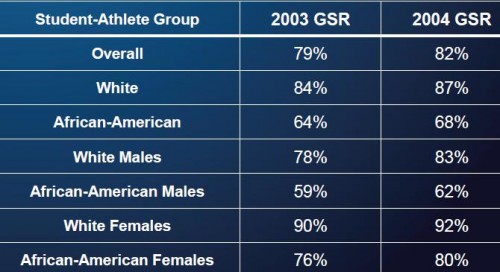 This U.K. commercial for Hovis brand bread takes world champion, four-time Olympic medalist, Victoria Pendleton… and turns her into a woman on a diet.
This U.K. commercial for Hovis brand bread takes world champion, four-time Olympic medalist, Victoria Pendleton… and turns her into a woman on a diet.
It begins with an image of her on a bicycle overlaid with her voice discussing the “focus, discipline, [and] determination” she needs to race well… and ends with her in the kitchen talking about how she needs to “stop snacking” and stay slim be cause she “wear[s] lycra for a living.”
Thanks to Rowan T. for the submission!
Lisa Wade, PhD is an Associate Professor at Tulane University. She is the author of American Hookup, a book about college sexual culture; a textbook about gender; and a forthcoming introductory text: Terrible Magnificent Sociology. You can follow her on Twitter and Instagram.





















